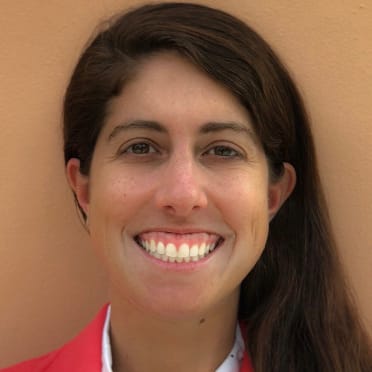Where does Miami fit in with FA and trade market?
Marlins fans want moves, and it's hard to blame them, considering what the Mets, Phillies and Braves have done this Hot Stove season.
Here are three things I'm thinking:
1. What type of deals should Miami make?
It seems like everyone has signed a free agent ... except the Marlins. Why is this the case? There are many variables that come into play on the free-agent market. For one, the player and his representation get to decide his future club. Factors could include the dollar amount, years, proximity to home, a team's direction and opposition as well as its home ballpark. Some of those, like pitcher-friendly loanDepot park, work against the Marlins' chances of inking hitters.
Another thing to keep in mind: Shortstop Miguel Rojas, infielder Joey Wendle and first baseman/designated hitter Garrett Cooper are each under contract for just one more year. That's something general manager Kim Ng and the front office are cognizant of, and it can affect what sort of deals they pursue.
Contracts that last for a decade (or more) and require a substantial amount of money have a strong likelihood of hampering a smaller-market team's ability to improve its roster in the future. The Marlins instead hope to follow the Rays' and Guardians' blueprint of success -- which is smart, considering those clubs sustain winning through player development and analytics. And then when a player within the organization shows he's worthy of an extension, keep him, like Cleveland did with José Ramírez and Tampa Bay with Wander Franco.
The top-tier free agents are off the board, as well as mid-tier options such as Michael Conforto and Brandon Drury, who could've been nice fits for Miami on shorter deals. But there are a few interesting names still out there, like bounce-back candidate Dominic Smith and two-time World Series champion Yuli Gurriel.
2. What goes into a trade?
It's easy to come up with trade scenarios in a fantasy baseball world, but there are several factors that come into play in real life.
"There's the evaluation," Ng said during the Winter Meetings. "I think that's first and foremost. We look at how long you'll have the player for. We look at how it affects other players on the team. We obviously look at contract and financial obligations."
With trades, two (or even three) clubs must align in terms of needs.
The Marlins require offense and have controllable starting pitching, something that has significant value based on the large deals free agent starters have received this offseason. In a hypothetical trade for Pirates outfielder Bryan Reynolds, for example, Pittsburgh would likely want at least a pre-arbitration pitcher like Trevor Rogers or prospect over Pablo López (two years remaining) since its window of competing is further in the future. In a theoretical trade for outfielder Max Kepler or infielder Luis Arraez, the Twins would rather receive an arm capable of helping them make the playoffs now.
In both cases, the pressure would be on the Marlins to get the trade right. Would a Reynolds or Arraez put Miami over the top? No, because more than one bat is needed. If that's the case, it doesn't make sense to deplete the farm -- because you only get one shot at a substantial package with those prospects/pieces. Building up a system can be cyclical. At some point, the talent will run drier than before.
3. Do the Marlins have a shot at the playoffs in 2023?
On paper, Miami should finish fourth in the NL East -- just as the club has done each of the past two seasons. But games are played on the field. Injuries and underperformance were two key reasons for 93 losses in 2022. What happens if All-Star Jazz Chisholm Jr. and Jorge Soler, who was on pace for a 30-homer season, stay healthy? What about if Avisaíl García returns to his career numbers? The offense doesn't look as feeble. With Miami's rotation, the club can be in nearly every game. That's how Tampa Bay and Cleveland get it done.
Last season saw 40 one-run losses, which was due to a combination of a struggling offense and late blown leads. Improve that number even a little bit, and the record is more respectable. A key for the Marlins next season will be the bullpen; six relievers have been added to the 40-man roster. While five of them have yet to debut, they all possess arsenals that the 2022 group lacked as a whole.
"That was one thing in our system that we really saw coming last year, and really developed last year, was guys with pure stuff, just really good arms," Ng said. "Didn't want to lose them in the Rule 5, had performed to a certain degree at Double-A, Triple-A, and [we] think that at least a couple of them can help us in '23."
